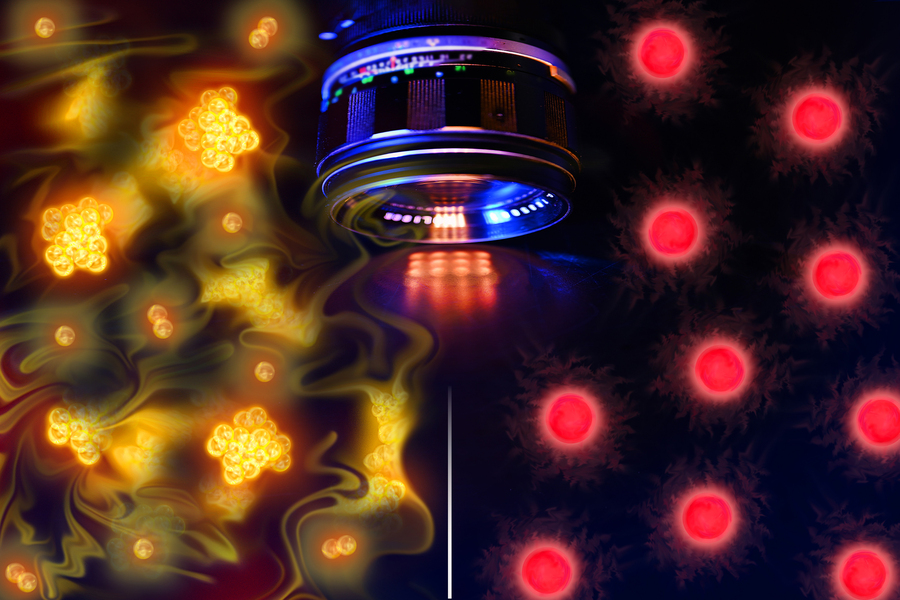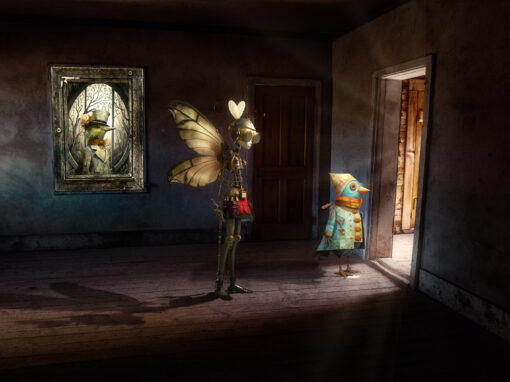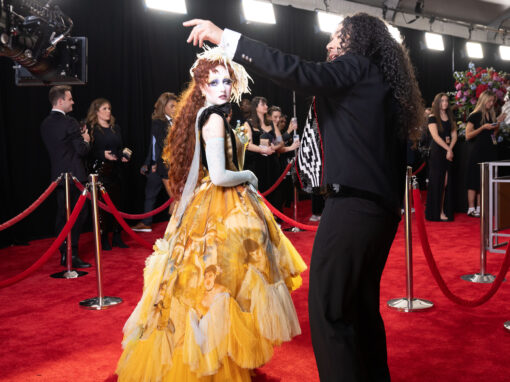In today’s episode, W. Scott Olsen speaks with Martin Zweierlein, a physics professor at MIT and a pioneer in quantum gas research. In 2025, his team became the first to photograph individual, freely moving atoms, capturing stunning images of quantum behaviors like fermionic anti-bunching and bosonic clustering. This breakthrough offers rare visual proof of long theorized quantum effects.
You can listen to this interview using our podcast player below, but we strongly encourage you to subscribe to the podcast in your podcast app so that you don’t miss any future show episodes.
Martin Zwierlein is a professor of physics at the Massachusetts Institute of Technology (MIT), widely recognized for his groundbreaking work in ultracold quantum gases. As a leader in the field of atomic physics, Zwierlein has spent years exploring how individual atoms behave at temperatures near absolute zero, where quantum mechanics reveals itself most vividly. His lab specializes in creating and observing exotic states of matter, such as fermionic superfluids and Bose-Einstein condensates.
In 2025, Zwierlein and his team achieved a historic breakthrough: they became the first to directly image individual, freely moving atoms in space. Using a novel technique that allowed atomic clouds to expand before being “frozen” in place with an optical lattice, they captured high-resolution images showing the fundamental quantum behaviors of bosons and fermions. These images revealed textbook phenomena—like bosons clustering together and fermions keeping their distance—with an unprecedented level of clarity.
This achievement not only confirms long-standing quantum theories in a direct, visual way but also opens up powerful new tools for studying the quantum world. It marks a leap forward in how we can observe and understand the invisible forces shaping matter at its most fundamental level.
MARTIN ZWEIERLEIN
MIT profile page
MIT news article
Subscribe to FRAMES Photography Podcast.




